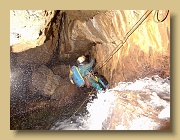
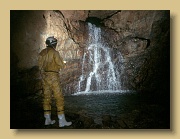
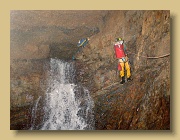
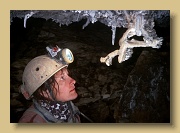
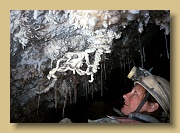
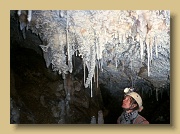
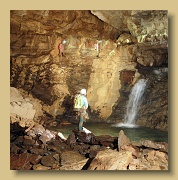
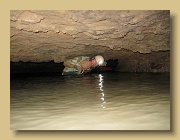
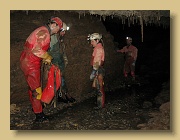
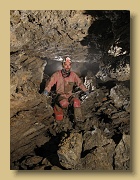
Cave Pictures A collection of cave pictures by Paul De Bie, with assistance of SC Avalon The Anialarra Cave System Some pictures of the Anialarra Cave System |
| SC Avalon website |
| Return to Main Index |
| ▲ Up ▲ |
|
|
|
|
|
|
|
|
|
|
|

|
|
|
|
|

|

|
|
|
|

|

|

|
|
|
|
|
|

|
|
|
|
|
|
|
|
|
|
|
|
|
|
|
|
|
|
|
|
|
|
|
|
|
|
|
|
|
|
|
|
|
|
|
|
|
|
|
|
|
|
|
|
|
|
|
|
|
|
|
|
|
|
|
|
|
|

|
|
|
|
|
|

|
|
|
|
|

|
| Any use of these images without explicit permission of the author is strictly prohibited |